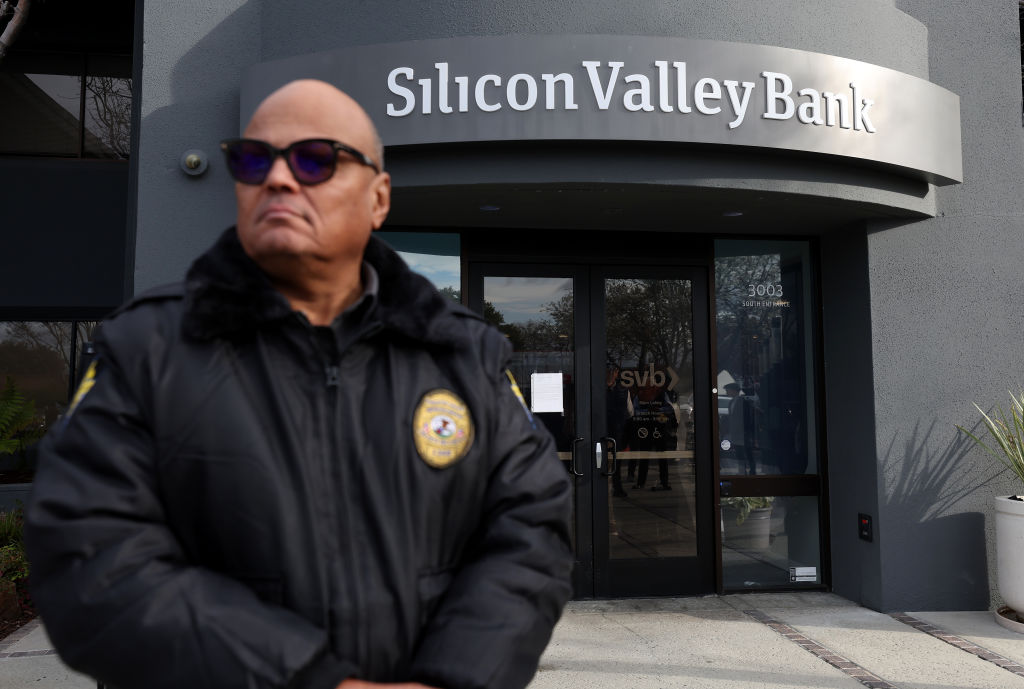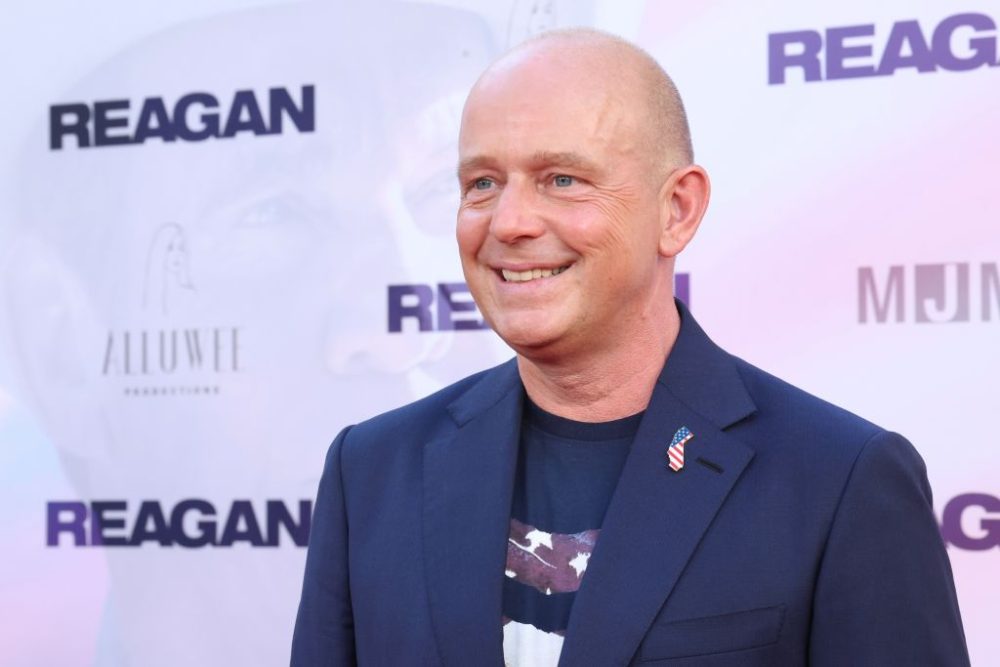Silicon Valley has finally started to breathe easy, though not too easy. It has been a tense few days for everyone in the technology industry. Startup founders, their employees, their investors, lawyers, accountants, doctors, and countless others who make a living from the innovation ecosystem have been suffering from collective apprehension. The culprit was the seemingly sudden failure of Silicon Valley Bank, or SVB, as it was known around Silicon Valley.
SVB, which started as a small regional bank in 1983, transformed itself into a technology-focused bank in the early Nineties. Its rise reflected the growing fortunes of the technology industry at large. It also reflected the good fortunes of Northern California, serving not just the tech companies but many other businesses and sectors: it became a crucial part of California’s wine and real estate industries, for example. Over the years, SVB grew to become the sixteenth largest bank in the US, with almost $200 billion in assets.
For the past few years, Silicon Valley has been on a tear — even before the pandemic, investment in startups was reaching all-time highs. A record number of technology companies were tapping the public markets, and there was a spurt in technology acquisitions. Between the end of 2019 and the first quarter of 2022 alone, Silicon Valley Bank’s deposit balances tripled to $198 billion versus about 37 percent growth in deposits on average for other US banks.
Most of the deposits were non-interest-bearing demand deposits, and the remaining offered a small interest rate. SVB invested these deposits in two kinds of securities — short-term available-for-sale securities and long-term held-to-maturity securities. The shorter-term part of the investments was around $27.3 billion, while the longer-duration securities were about $98.7 billion. The bank hoped it could return somewhere around 1.7 percent on its monies — a number that made sense considering that interest rates were hovering near zero.
However, when the Federal Reserve started to increase the interest rates, the value of those securities started to decline and be reflected on the bank’s balance sheet. The cooling tech economy and declining venture investments turned off the spigot of deposits for the bank. The overall deposits also started to decline from $198 billion at the end of the first quarter of 2022 to $173 billion by the end of 2022 and $165 billion in February 2023. These declines caught the eye of many financial industry experts. The Financial Times caught a whiff of it as well.
During the dying days of February 2023, SVB’s management, which still didn’t detect the gravity of the problems, was apparently told by credit rating agency Moody’s that it was looking at downgrading its creditworthiness. According to some media reports, SVB decided to raise more capital. On March 8, the bank announced in a press release that it was working with Goldman Sachs to raise $2.5 billion in new capital, with about $500 million coming from General Atlantic. Moody’s and S&P downgraded the bank’s credit rating on March 9. SVB stock, at that point, had started to take a nosedive. SVB CEO Greg Becker held a call with many members of the venture capital community and delivered a very poor message: “I would ask everyone to stay calm and to support us just like we supported you during the challenging times,” he said. Oops!
Soon we began hearing that Founder’s Fund was withdrawing money from SVB and moving to alternative banks. It was also advising its portfolio companies to do so. Silicon Valley is small, and rumors don’t take long to fly. Messaging apps and social media make it easy for rumors to spread. And it wasn’t long before the stampede started — everyone wanted to move their money out of SVB.
There has been some talk that nearly $42 billion in deposits were hitting the exits on March 9. This was a bank run in the age of social media — nearly $4 billion exiting the bank every hour is unprecedented. By Friday, the FDIC had seized SVB and issued a middling press release. That sent the tech industry into a panic.
FDIC only insures up to $250,000 in deposits. SVB has more than 37,000 deposit customers with more than $250,000 in deposits at the bank — a shockingly large number. So it was natural for the panic to set in. Many companies were bracing for the worst, not knowing whether they would be able to meet their payroll needs in the coming week. Investors didn’t know whether they would have access to their funds to do business.
Large companies such as Roku, Stripe, and Etsy used SVB for their business, impacting many thousands of small and independent businesses. At the same time, a service economy exists around tech companies and their employees, particularly in the San Francisco Bay Area. Add wine country and its dependence on SVB, and you can see the proliferation of pain in many different directions. And it wasn’t just Silicon Valley — startups across the planet that banked with SVB were suddenly in limbo.
This lack of clarity allowed fear and rumors to create even more of a sense of dread, as I learned when communicating with fellow investors, startup founders, and others in the Silicon Valley ecosystems. The loudest and shrillest voices in technology, often presenting themselves as libertarian vanguards, suddenly started tweeting about government bailouts, causing more confusion. In the background, it was the old-timers. These folks have seen Silicon Valley go from being a countercultural outpost of innovation to what it is today. They were working around the clock to make Washington understand the gravity of the situation.
On CBS’s Face The Nation last Sunday, Treasury Secretary Janet Yellen hinted that help was on the way. And in the end, help came. “Depositors will have access to all of their money starting Monday, March 13,” the FDIC announced. The FDIC would take a measured approach in selling off SVB and its assets.
Even though, on the surface, a semblance of normalcy has returned to Silicon Valley, the loss of SVB is already being felt. For it was more than just a bank. After nearly three decades, SVB had built institutional knowledge about startups, their needs, and the risks involved in being a venture-backed company. When I started my company with my blog and a $250,000 check, SVB didn’t turn me away. Instead they asked me what else I needed besides a bank account. When my business ran into heavy weather, others ran for covers. Our man at SVB stood by our side until the very last day. He understood that I might have failed once, but I would be back.
“Before SVB sprang to life, it was difficult, if not impossible, for a startup to secure a relationship with a large, established bank,” Michael Moritz, partner at Sequoia VC who counts Google as one of its investments, wrote in the Financial Times.
Technology is too big of an asset class to be ignored, and bulge bracket banks will likely step in. They will provide banking services. But they won’t have the same service, intimacy, or understanding of their clients. They wouldn’t know that sometimes startups need “venture debt,” and the journey has more curves than a squiggle. For them, it will be a transaction. As super investor Moritz said, “Once again, the fates of thousands of small technology companies and the vitality of the startup economy will be back in the hands of strangers.”

























